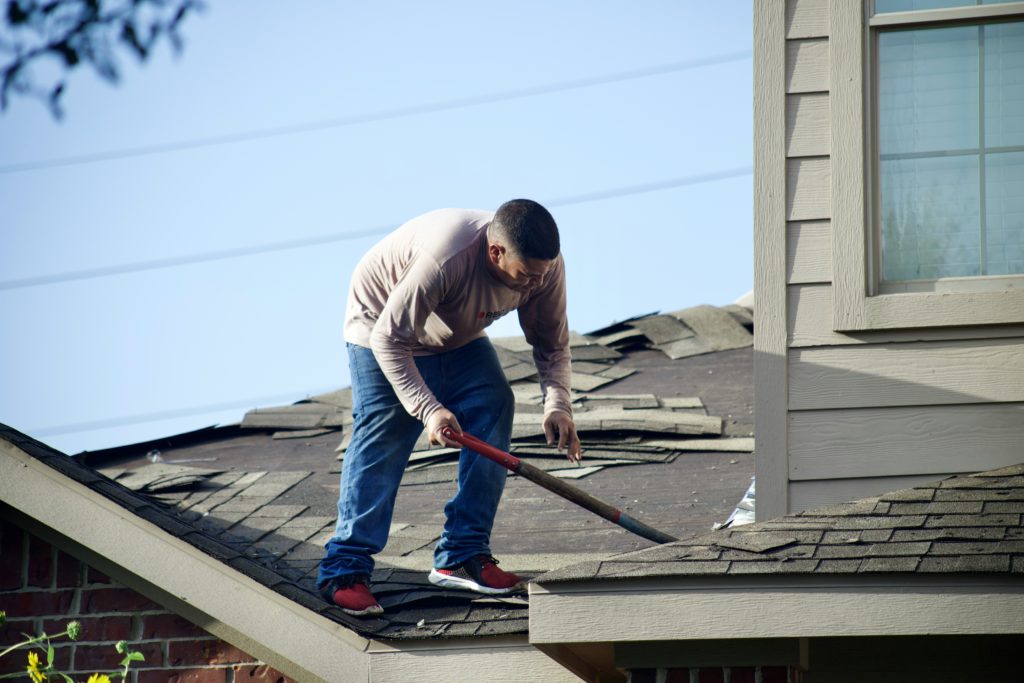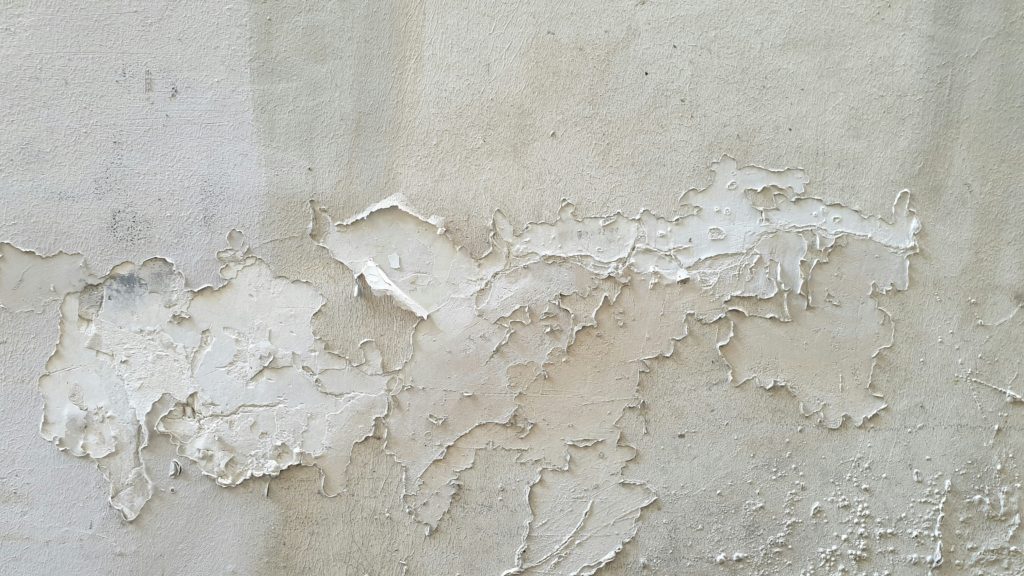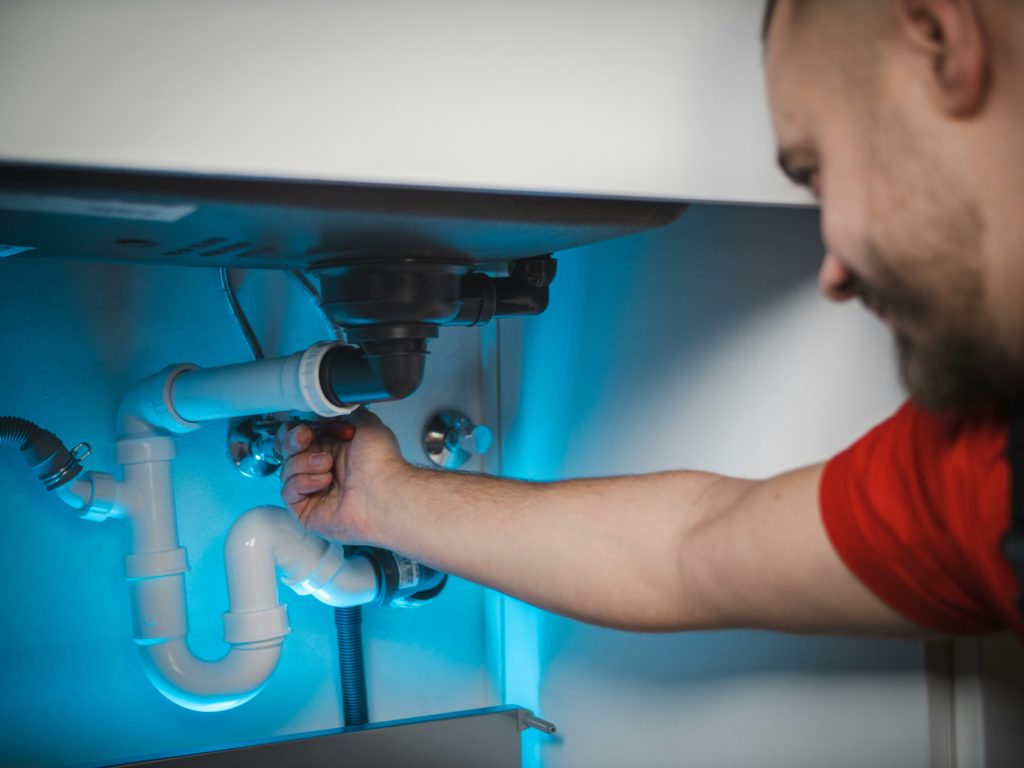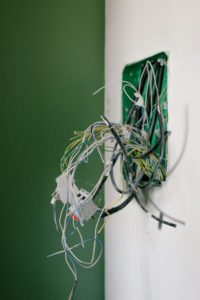You want to sell your home, but it requires extensive repairs. There are a few options ahead of you: You can invest time and money into making major repairs, focus on completing a few minor jobs and hope for the best, or sell your home as-is.
Before making your decision, it’s important to consider the condition of the home, average house repair costs, and how much time you want to spend making those repairs.
Every home is different. If your house is distressed and needs significant repairs, or if you want to sell your home fast, you should consider selling it as-is to a cash buyer.
9 Most Expensive Home Repairs & Home Repair Costs
No matter what preventative measures you have in place, emergencies can happen. Repairing the damages from unexpected events like lightning strikes and housefires cost homeowners an average of $1,640 a year.
Other expensive home repairs can quickly add up, too. Here are some of the highest average house repair costs that homeowners experience.
1. Foundation Repairs
The foundation of your home can be damaged from drainage issues, leaky pipes, or simply due to age. Unfortunately, repairing the foundation of a house is a significant and complicated expense.
The average cost of repairing the foundation can cost anywhere from $250 to $50,000, depending on the damage. Filling minor cracks in the foundation is on the lower end, while reconstructing a broken foundation can get very expensive.
Signs of Foundation Problems: (h4)
- Look for cracks in the walls, especially near doorways or windows.
- Check for doors or windows that stick or don't close properly, indicating shifting.
- Pay attention to uneven floors or gaps between the floor and walls.
Preventative Maintenance for Foundation: (h4)
- Ensure proper drainage away from the foundation to prevent water accumulation.
- Regularly inspect and repair any plumbing leaks promptly to prevent water damage.
- Monitor and address any signs of settlement or shifting early to prevent further damage.
2. Roof Repairs
A leaky, saggy roof or missing shingles may be a sign that the roof of your home needs to be replaced. The cost of roof repairs or replacement will vary considerably based on the roofing materials used, the extent of the damage, and where the house is located—but in general, you can expect to pay upwards of $20,000 for a new roof or roof replacement.
Signs of Roof Issues: (h4)
- Look for missing or damaged shingles, especially after severe weather.
- Check for signs of sagging or drooping in the roofline.
- Look for water stains or leaks on the ceiling or in the attic.
Preventative Maintenance for Roof: (h4)
- Schedule regular roof inspections and maintenance, especially after storms.
- Keep gutters clean and free of debris to prevent water backup.
- Replace damaged or missing shingles promptly to maintain the integrity of the roof.


3. Water Damage
Flooding, leaks, or other types of water damage can lead to expensive home repairs. When leaky pipes flood basements, rot wood, or cause mold to grow, you can expect to pay between $1,500 and $5,000 to repair the damage—not to mention the extra costs of replacing peeling paint and covering up discoloration from mold or mildew.
Signs of Water Damage: (h4)
- Look for water stains or discoloration on walls, ceilings, or floors.
- Check for musty odors, which could indicate mold growth.
- Pay attention to peeling paint or wallpaper, which may be a result of water intrusion.
Preventative Maintenance for Water Damage: (h4)
- Inspect plumbing regularly for leaks and repair them promptly.
- Ensure proper sealing around windows and doors to prevent water intrusion.
- Install and maintain a sump pump in basements or areas prone to flooding.
4. Plumbing Issues
Plumbing issues can lead to lots of expensive home repairs, from repairing water or sewage lines to replacing water pipes. These pipes also tend to be underground or inside walls, making them even more costly to get to and fix.
The cost of repairing plumbing issues ranges based on the type of repair. For example, repairing a sewer line takes between $2,000 and $6,500 on average, while patching a leaky pipe may cost as low as $200. However, when plumbing issues create water damage, the price climbs even higher, potentially reaching up to tens of thousands of dollars.
Signs of Plumbing Issues: (h4)
- Look for water stains or puddles under sinks or around appliances.
- Pay attention to slow drains or gurgling noises in pipes.
- Check for a sudden increase in water bills, which could indicate a hidden leak.
Preventative Maintenance for Plumbing: (h4)
- Insulate pipes to prevent freezing and bursting in cold weather.
- Avoid flushing non-biodegradable items down toilets to prevent clogs.
- Schedule regular plumbing inspections and maintenance to catch issues early.

5. Mold Removal
Excessive moisture or plumbing issues can lead to mold growth.
Mold is extremely dangerous. Not only is it hazardous to human health, but it also can cause structural damage. It costs an average of $2,200 to remove mold from a home, but the total depends on where the mold is growing and how much mold has grown. Removing mold from a crawlspace or basement can cost as low as $500, but if the mold has infected the home’s HVAC system, you can expect to pay up to $10,000 to get it removed.
Signs of Mold Growth: (h4)
- Look for visible mold growth on walls, ceilings, or other surfaces.
- Pay attention to musty odors, especially in basements or crawl spaces.
- Monitor respiratory symptoms or allergies that may worsen indoors.
Preventative Maintenance for Mold: (h4)
- Control indoor humidity levels to prevent moisture buildup.
- Address any water leaks or plumbing issues promptly to prevent mold growth.
- Improve ventilation in bathrooms, kitchens, and other moisture-prone areas.
6. Electrical Issues
Electrical issues can cause fires, shocks, flickering lights, and lack of electricity. This type of repair is not something most homeowners can DIY either; fixing electrical issues requires professional assistance and costs an average of $300 to $400. Rewiring a home, on the other hand, can cost up to $15,000.
Signs of Electrical Issues: (h4)
- Look for flickering lights, sparking outlets, or frequent circuit breaker trips.
- Pay attention to burning smells or scorched outlets, which indicate overheating.
- Check for outdated or damaged wiring, especially in older homes.
Preventative Maintenance for Electrical: (h4)
- Schedule regular electrical inspections by a qualified electrician.
- Avoid overloading circuits by spreading out electrical usage.
- Replace outdated wiring or electrical components to meet current safety standards.

7. HVAC Replacement
If the heating and cooling system in the house needs to be repaired or replaced, plan to spend a significant amount of money to take care of it. The cost depends on the HVAC system itself, including the size of the system and the brand, as well as your home’s square footage. On average, a replacement HVAC system costs between $5,000 and $15,000.
Signs of HVAC Replacement Needs: (h4)
- Notice decreased heating or cooling efficiency or uneven temperature distribution.
- Pay attention to unusual noises or odors coming from the HVAC system.
- Check for frequent breakdowns or repairs needed to keep the system running.
Preventative Maintenance for HVAC: (h4)
- Change air filters regularly to maintain system efficiency and indoor air quality.
- Schedule annual HVAC maintenance to clean and tune the system for optimal performance.
- Keep outdoor units clear of debris and vegetation to ensure proper airflow.
8. Driveway Repairs
Repairing holes or cracks in a concrete driveway is another surprising expense. While patching up small damages may only cost around $200, you can expect to pay up to $5,000 to entirely replace the driveway with new concrete.
Signs of Driveway Damage: (h4)
- Look for cracks, potholes, or crumbling edges in the driveway surface.
- Notice standing water or areas of unevenness, indicating poor drainage or settling.
- Check for oil stains or other fluid leaks, which can weaken the driveway surface.
Preventative Maintenance for Driveway: (h4)
- Seal coat the driveway regularly to protect against water damage and prolong its lifespan.
- Fill cracks and potholes promptly to prevent further deterioration.
- Ensure proper drainage away from the driveway to prevent water accumulation.
9. Deck Repairs
Is the deck damaged from mold, mildew, or water? Is it so old that it’s falling apart? Do the stairs need to be replaced?
It costs about $2,000, on average, to make deck repairs. On the lower end, expect to pay a couple hundred dollars to anchor disconnected stairs. On the upper end, building a new deck may cost between $7,900 and $12,000.
Signs of Deck Issues (h4)
- Look for signs of rot, decay, or insect damage in wooden deck boards or support structures.
- Notice any wobbling or instability in the deck structure, especially near stairs or railings.
- Check for loose or corroded fasteners, which can compromise the integrity of the deck.
Preventative Maintenance for Deck (h4)
- Regularly inspect and clean the deck surface to remove debris and prevent moisture buildup.
- Treat or seal wooden decks annually to protect against rot, decay, and insect infestation.
- Reinforce or replace loose or damaged components to maintain structural integrity.
What Are the Most Expensive Home Repairs?
The most expensive home repairs typically involve structural issues, such as foundation damage or roof replacement. These repairs often require specialized expertise and can run into tens of thousands of dollars, depending on the extent of the damage and the size of the home. Additionally, plumbing problems like burst pipes or sewer line issues can also rack up hefty bills due to the labor-intensive nature of the repairs and potential for water damage.
Do I Need to Make Expensive Home Repairs Before Selling My House?
Distressed homes, fixer-uppers, or any houses that need more than a coat of paint could require a lot of hard work before they are ready for the real estate market. From damaged wood floors and holes in the walls to leaky faucets and electrical issues, these repairs can quickly add up—and you’ll have to invest a significant amount of time, resources, and cash into getting everything fixed before you can show it to buyers.
Of course, on top of everything, some repairs are less likely to pay off than others. It may not be worth it financially to make major repairs for especially distressed houses.
Fortunately, you don’t have to spend your money or time repairing your house before you can sell it. There are options for selling your house that require no repairs or upgrades at all, such as selling your home to a cash buyer.
How Can I Sell My House Without Paying for Expensive Home Repair Costs?
Instead of making costly and time-consuming repairs, consider selling your house for cash.
Cash buyers are ready to make an offer as-is, no matter the condition, which means you won’t have to spend time or money repairing, cleaning, or staging the home. You can sell the home in its existing condition, no matter what issues it has or damages that need fixed. You will also benefit from a fast, simple closing process—no appraisals or closing costs required.
If you want to sell your house without paying for expensive home repairs, find a trustworthy cash buyer and sell your home as-is.
Sell Your Home As-Is to the Cash Buyers at New Again Houses: No Expensive Home Repairs Required
At New Again Houses, we buy, fully remodel, and sell homes to new families to enjoy for years to come. You don’t have to do any repairs or list your home with a real estate agent. When you sell to us, we buy it as-is. And, unlike other cash buyers, we will never sell your contract or your information—so you can trust us to restore your old home and give it the love it needs.
We’ve been in the business of helping local homeowners sell their homes since 2008. Based in Bristol, TN, and serving homeowners nationwide, the New Again Houses team would love the opportunity to invest in the community by making your older home new again.
Together, we transform not only houses but also the lives of our clients.
Are you ready to sell your house, get a cash offer, and close in a matter of days? Contact us today to get started.
